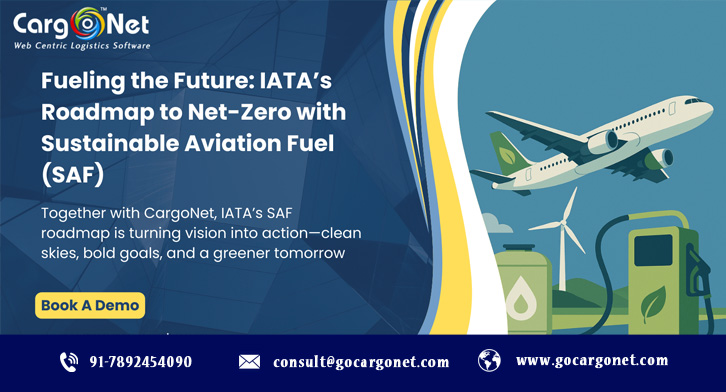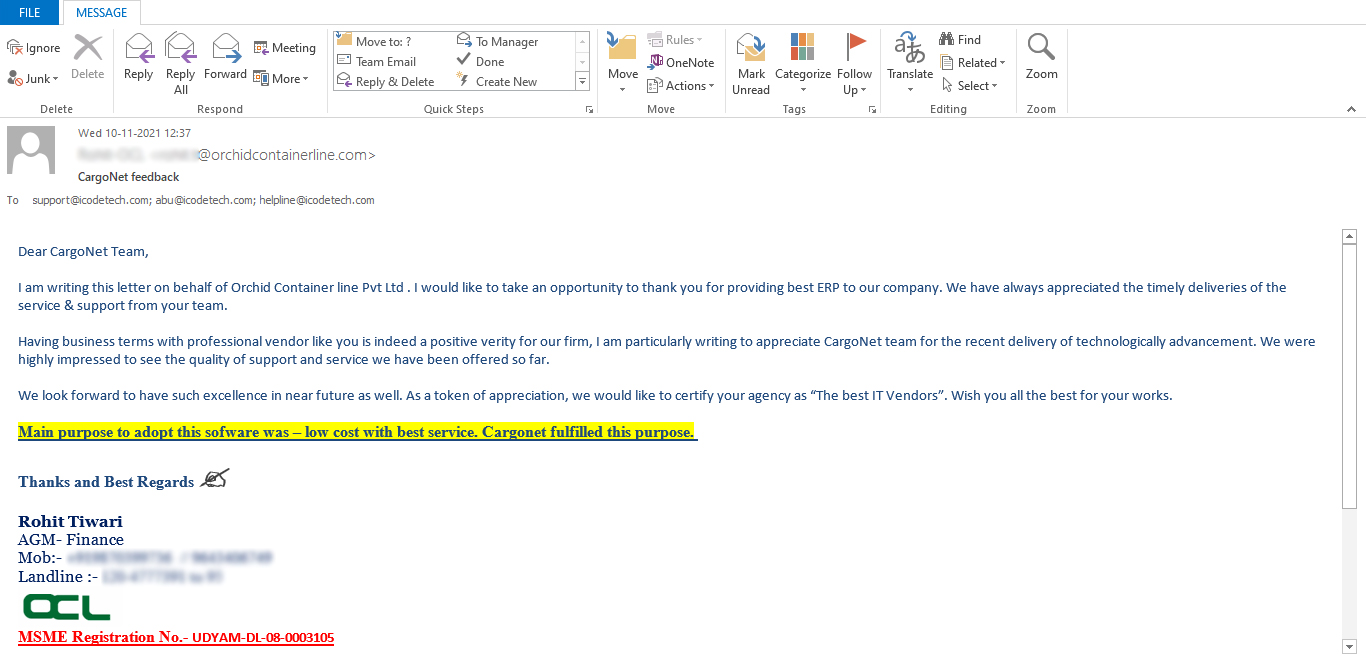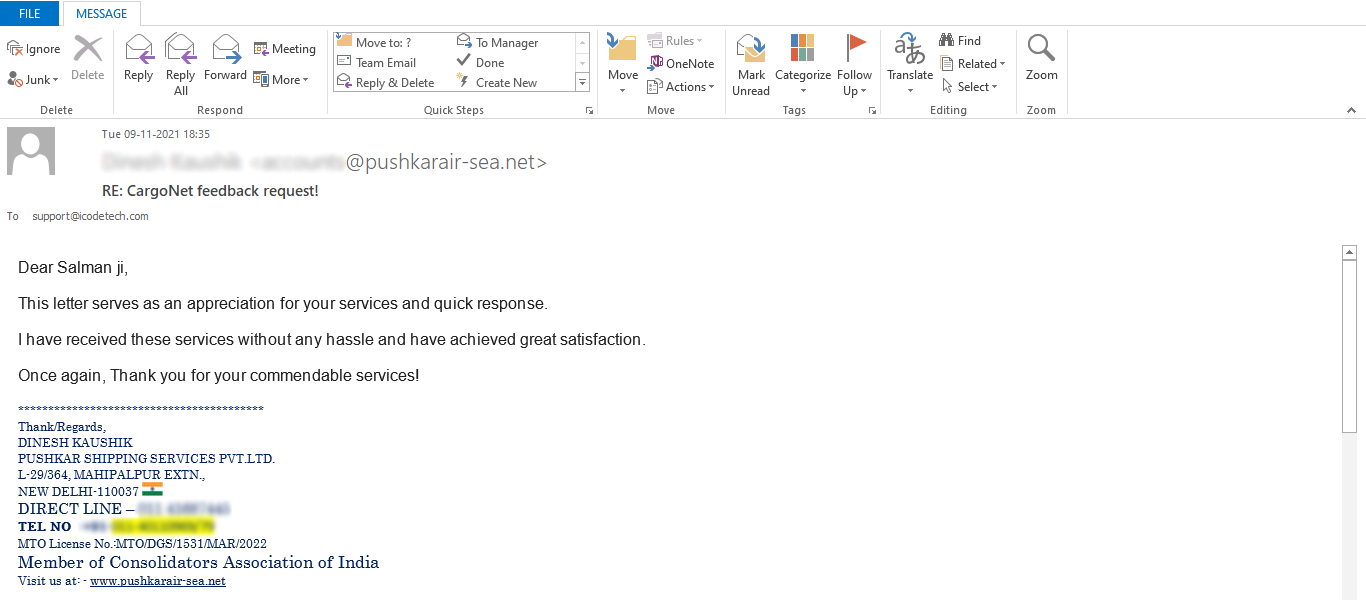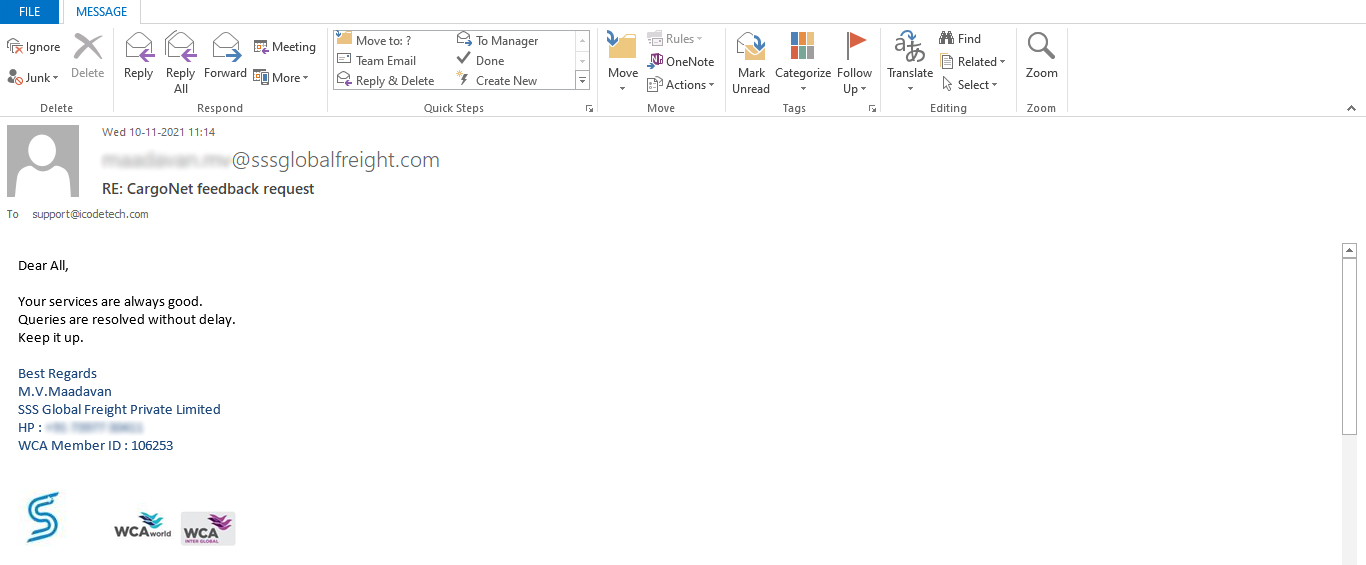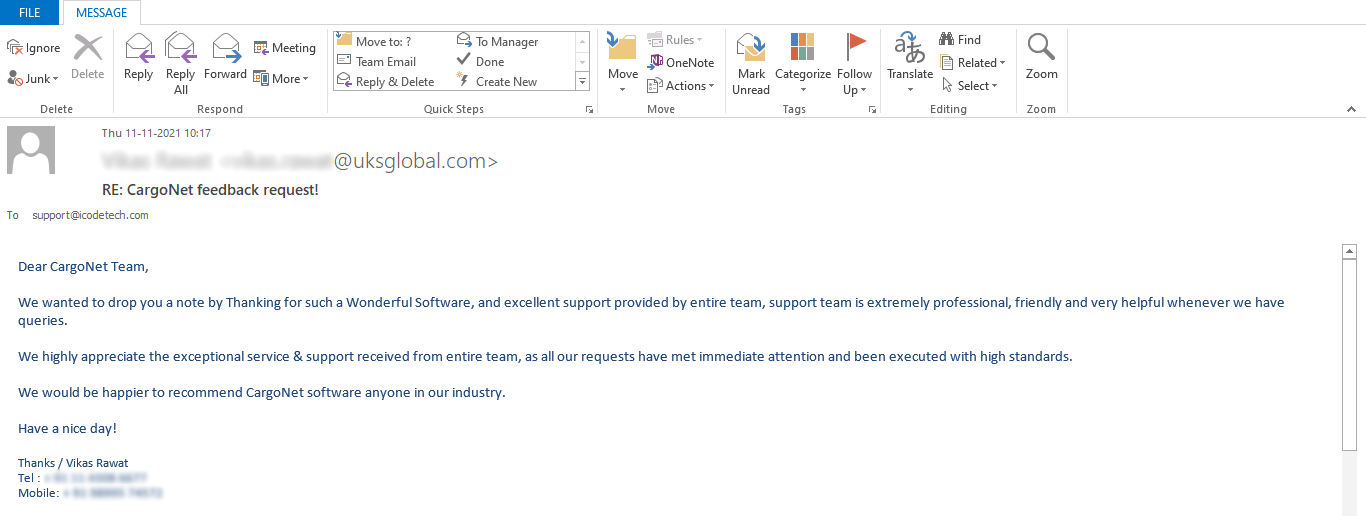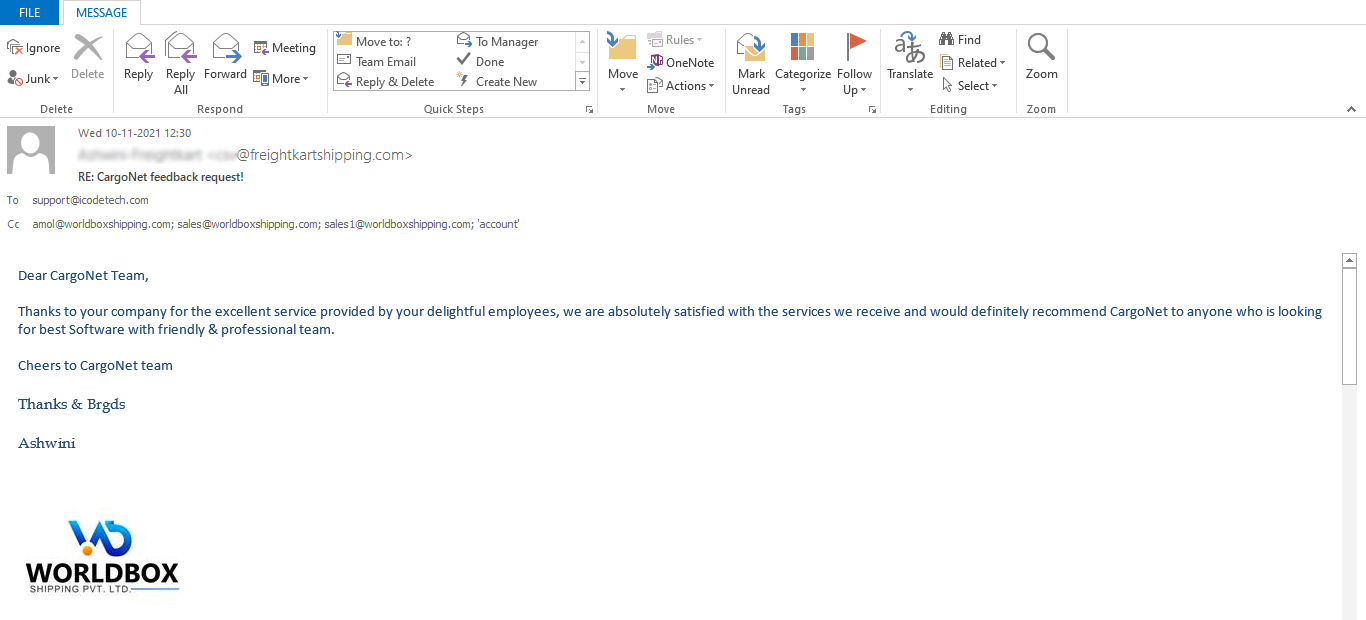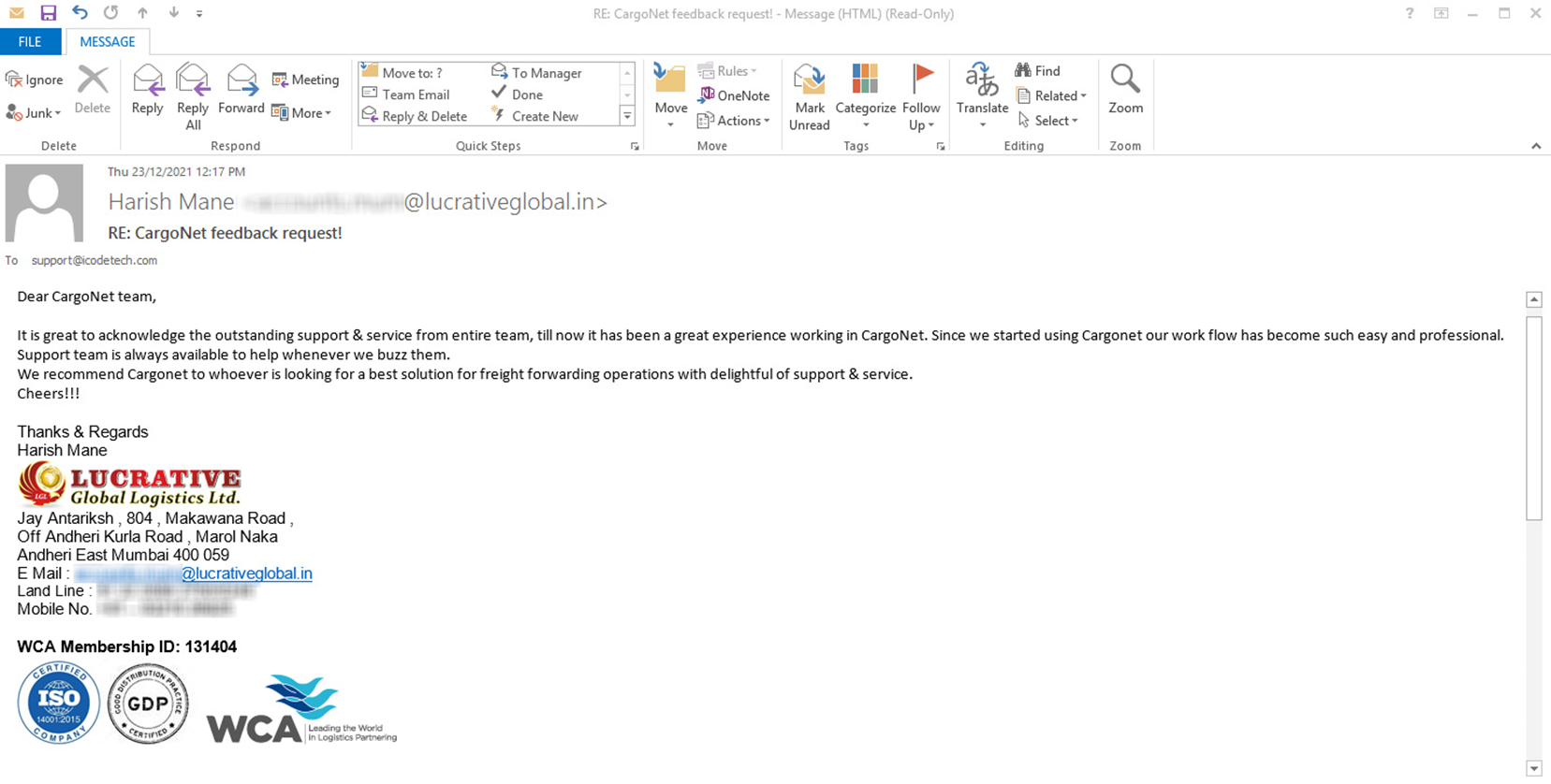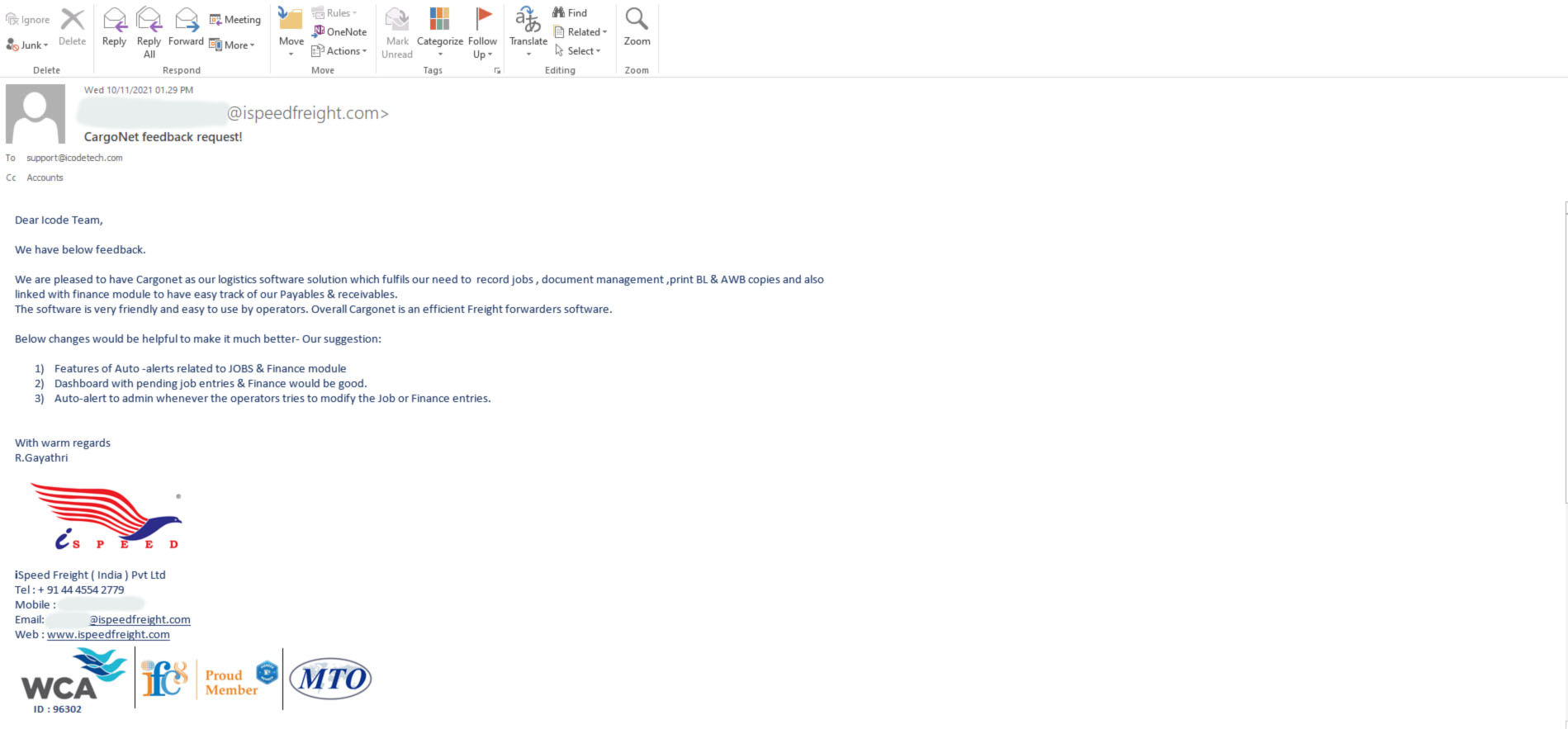The aviation industry is under increasing pressure to reduce its carbon footprint and adopt sustainable solutions. One of the most promising developments in this direction is Sustainable Aviation Fuel (SAF)—a game-changing alternative that reduces greenhouse gas emissions significantly compared to conventional jet fuel. The International Air Transport Association (IATA) is at the forefront, driving global aviation toward its bold target of achieving net-zero carbon emissions by 2050.
What is Sustainable Aviation Fuel (SAF)?
SAF is an eco-friendly substitute for fossil-based jet fuel, offering up to 80% fewer CO₂ emissions over its lifecycle. Made from non-fossil-based sources and processed under strict sustainability criteria, SAF works seamlessly with existing aircraft and fueling systems, making it a practical and scalable solution for aviation’s green transition.
Why SAF Matters in Aviation
As air travel expands to meet growing global demand, so does its environmental impact. SAF is essential for several reasons:
- Reduces lifecycle CO₂ emissions significantly
- Compatible with current aircraft and infrastructure
- Lowers dependence on fossil fuels
- Improves air quality, benefiting people and the planet
IATA’s Role in Driving SAF Adoption
IATA is leading multiple global initiatives to accelerate SAF deployment, including:
- Policy Advocacy: Supporting government incentives and mandates
- Industry Collaboration: Partnering with fuel producers, airports, and airlines
- Standardization: Ensuring safety, sustainability, and quality benchmarks
- Capacity Building: Promoting investments in SAF production facilities
Air Freight: Greening the Skies with Emission Accountability
Air freight is the engine behind fast, global trade. From perishables to electronics, cargo is moved across the world at unmatched speed—but also at a high carbon cost.
As environmental regulations tighten, freight forwarders must now demonstrate transparency by calculating and certifying the carbon footprint of each air shipment.
How Carbon Emissions Are Calculated in Air Freight
Carbon emissions for air freight are typically calculated based on:
- Aircraft Type: Wide-body vs narrow-body, fuel efficiency
- Distance Flown: Origin to destination, including routing patterns
- Weight & Volume of Cargo
- Fuel Burn Rate per kilometer or hour
- Emission Factors from IATA or ICAO guidelines (e.g., kg CO₂ per ton-km)
Carbon Emissions (kg CO₂) = Cargo Weight (tons) × Distance (km) × Emission Factor (kg CO₂/ton-km)
CargoNet simplifies this complex calculation using real flight data, integrating with airlines and airport systems to provide accurate emissions per shipment.
The Role of Freight Forwarders in a Sustainable Future
Freight forwarders have a unique opportunity to lead the green shift in logistics. Here’s how:
1. Offer Carbon Emission Reports
Modern clients demand transparency. Provide detailed carbon reports with every air shipment to support their ESG and Scope 3 reporting.
2. Enable Carbon Offset Programs
Collaborate with certified offset partners to offer clients emission compensation options.
3. Adopt Emission Automation Tools
Use platforms like CargoNet to:
- Auto-calculate CO₂ per shipment
- Generate CO₂ certificates
- Export reports for regulatory or customer compliance
4. Encourage Sustainable Routing & SAF Usage
Promote routes or carriers using SAF or offering lower-emission services.
CargoNet: Automating Emissions the Smart Way
CargoNet helps freight forwarders take control of carbon compliance with:
- API-Driven Emission Tracking
- Auto-generated CO₂ Certificates
- Real-time Dashboard for shipment-level sustainability metrics
- Integration with Carrier and Customs APIs
- Custom Reports for clients and auditors
By automating compliance, CargoNet frees up freight teams to focus on what matters—service, speed, and sustainability.
The Road Ahead: SAF + Emission Transparency = Future-Ready Freight
Achieving net-zero isn’t just about cleaner fuel—it’s about clearer accountability. As SAF production scales and becomes more affordable, and digital systems like CargoNet help track CO₂ with precision, the aviation industry is evolving into a smarter, greener force for good.
Conclusion
The IATA SAF Roadmap isn’t just a vision—it’s a working plan toward a low-carbon future. While SAF brings immediate climate benefits, tools like CargoNet equip freight forwarders to take charge of carbon visibility, accountability, and compliance.
Carbon-neutral air freight isn’t a dream—it’s a deliverable.
With the right tools and fuel, the industry can soar toward net-zero emissions.


